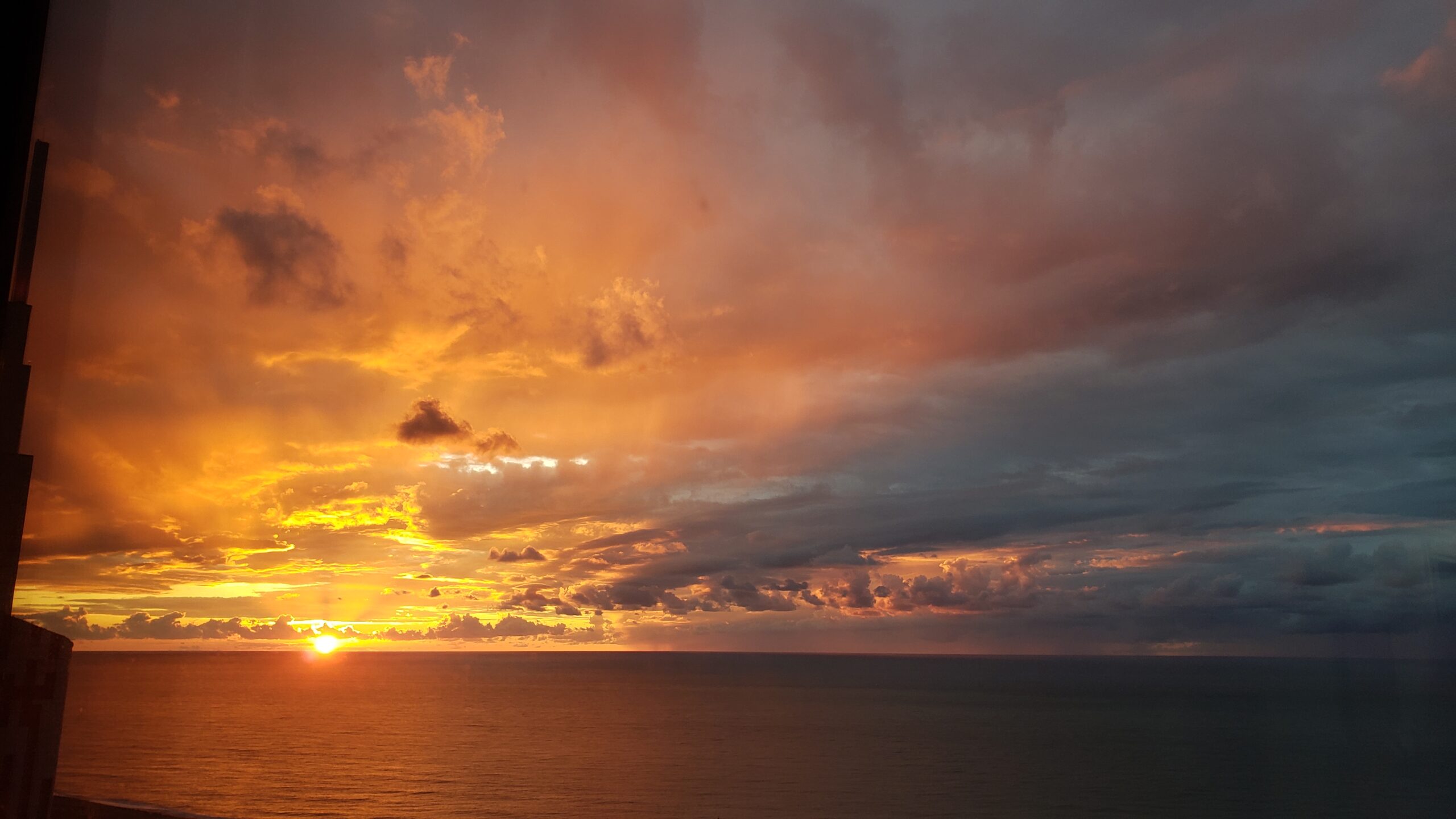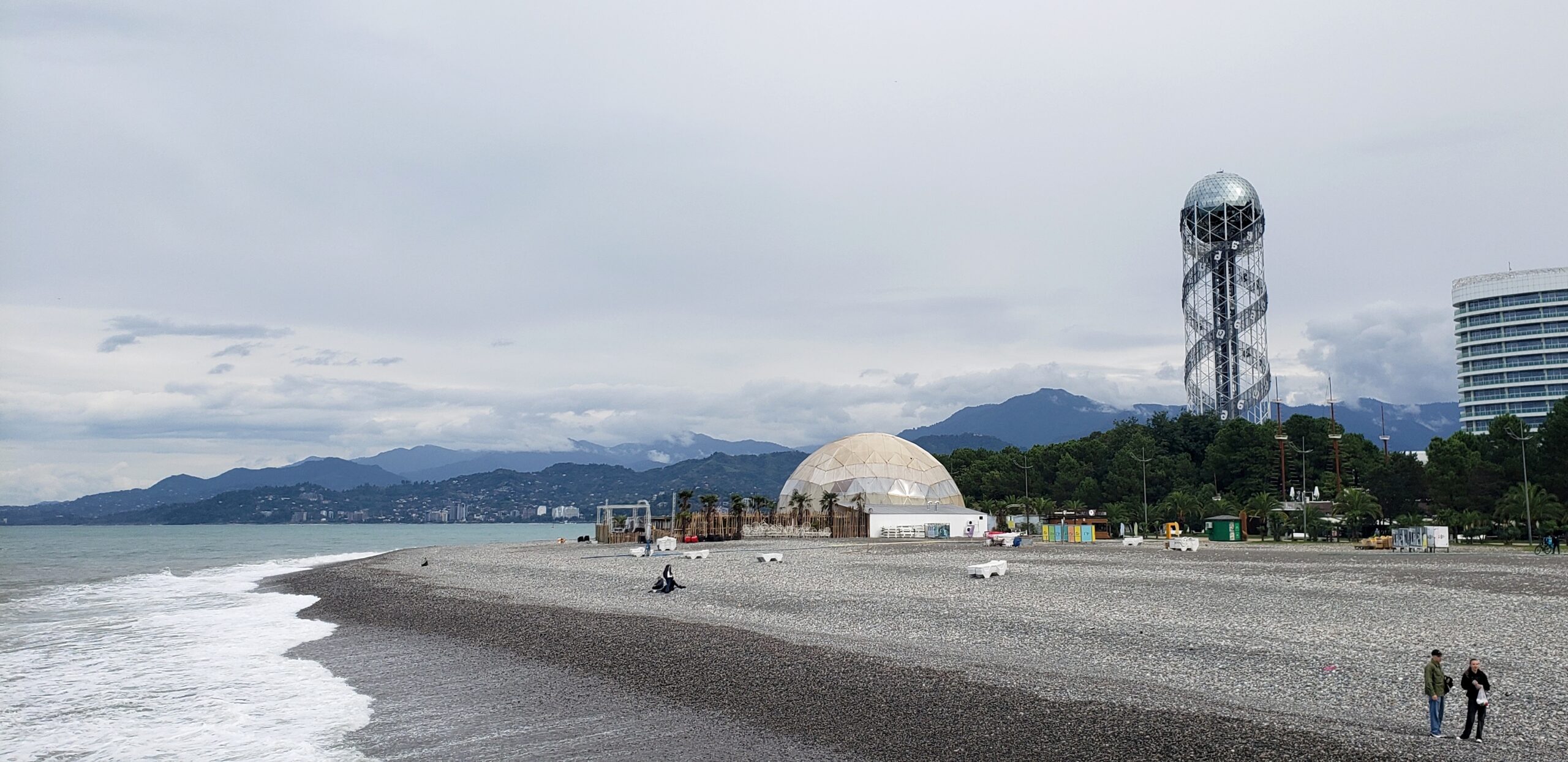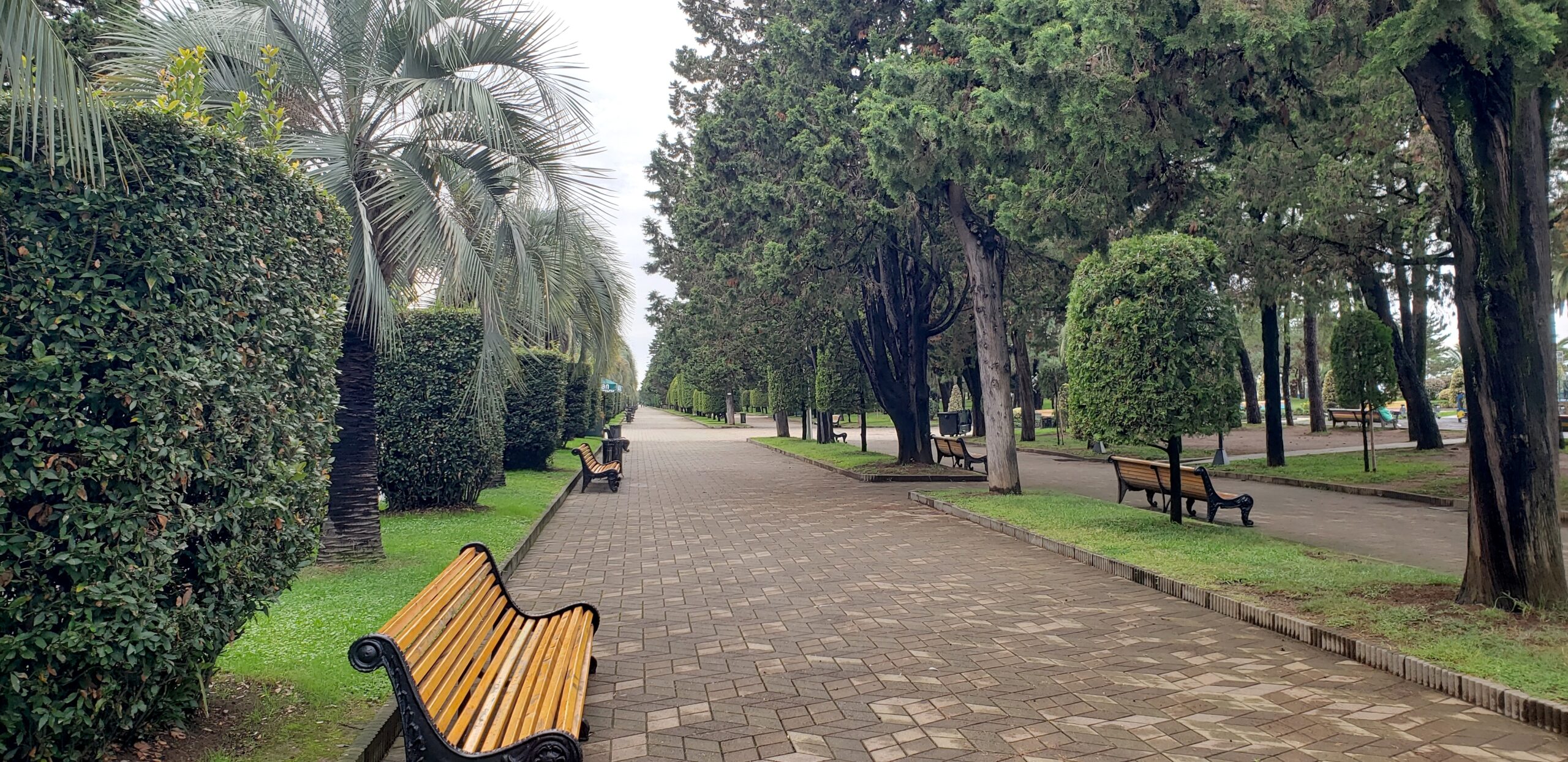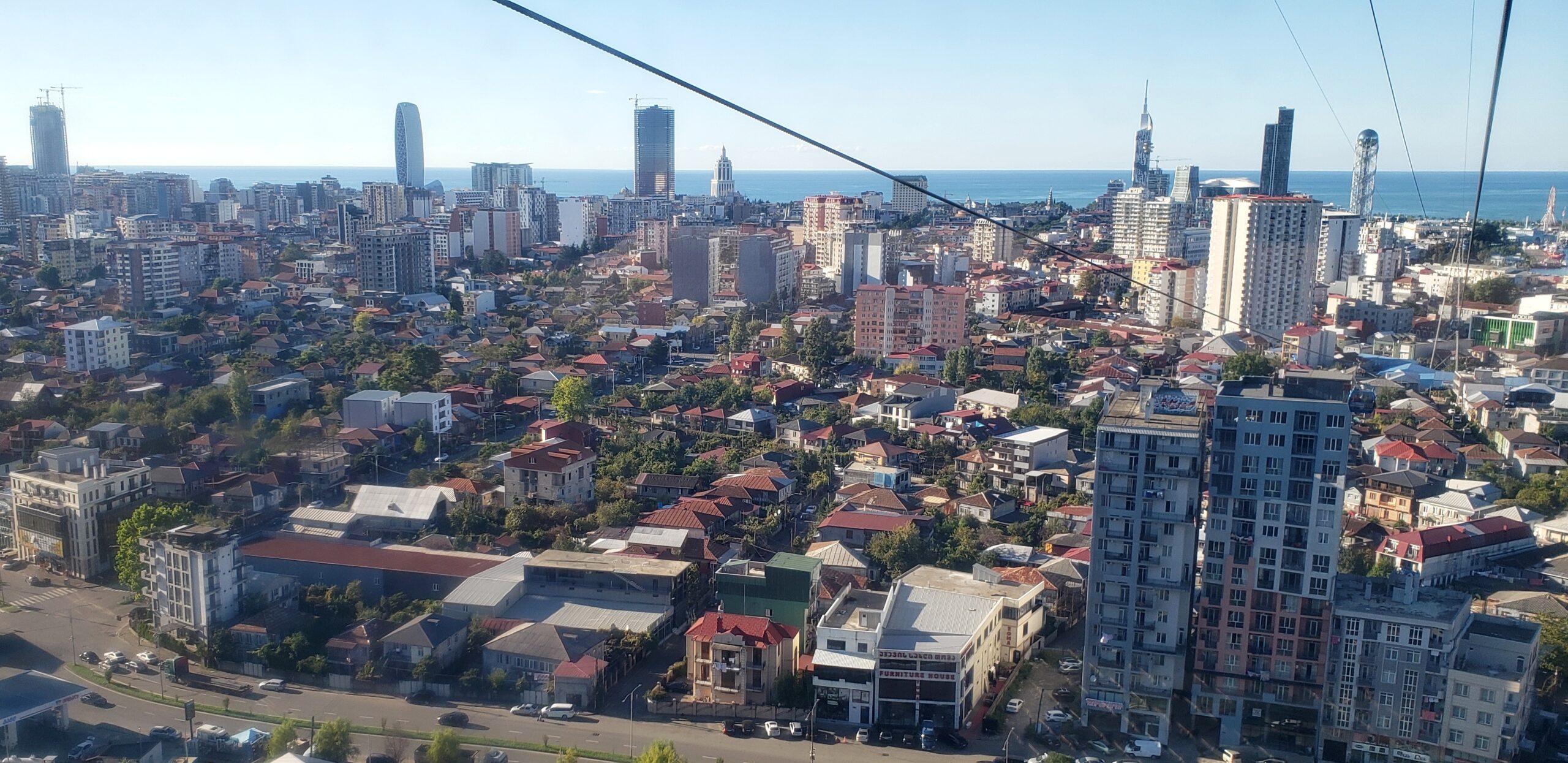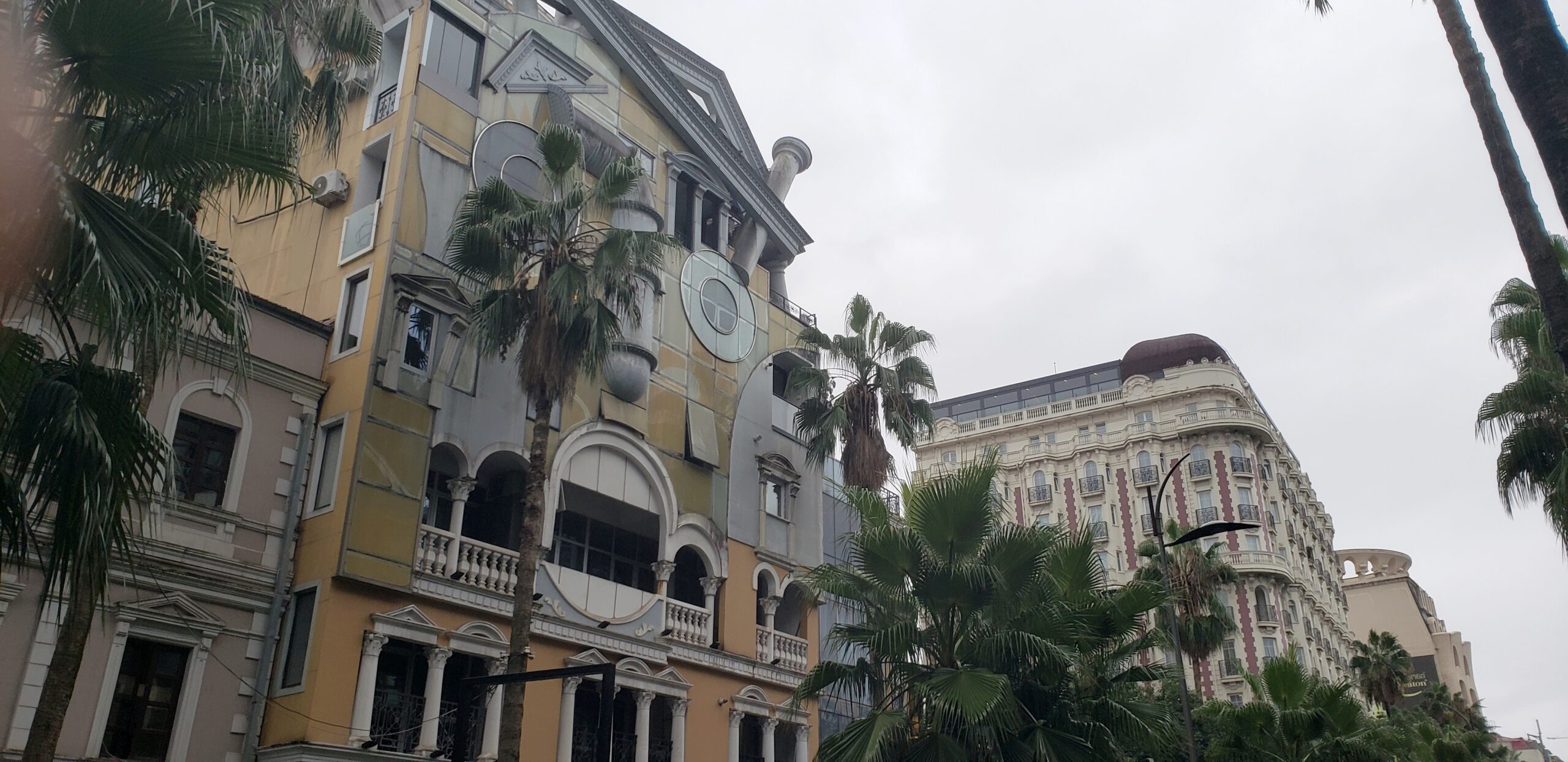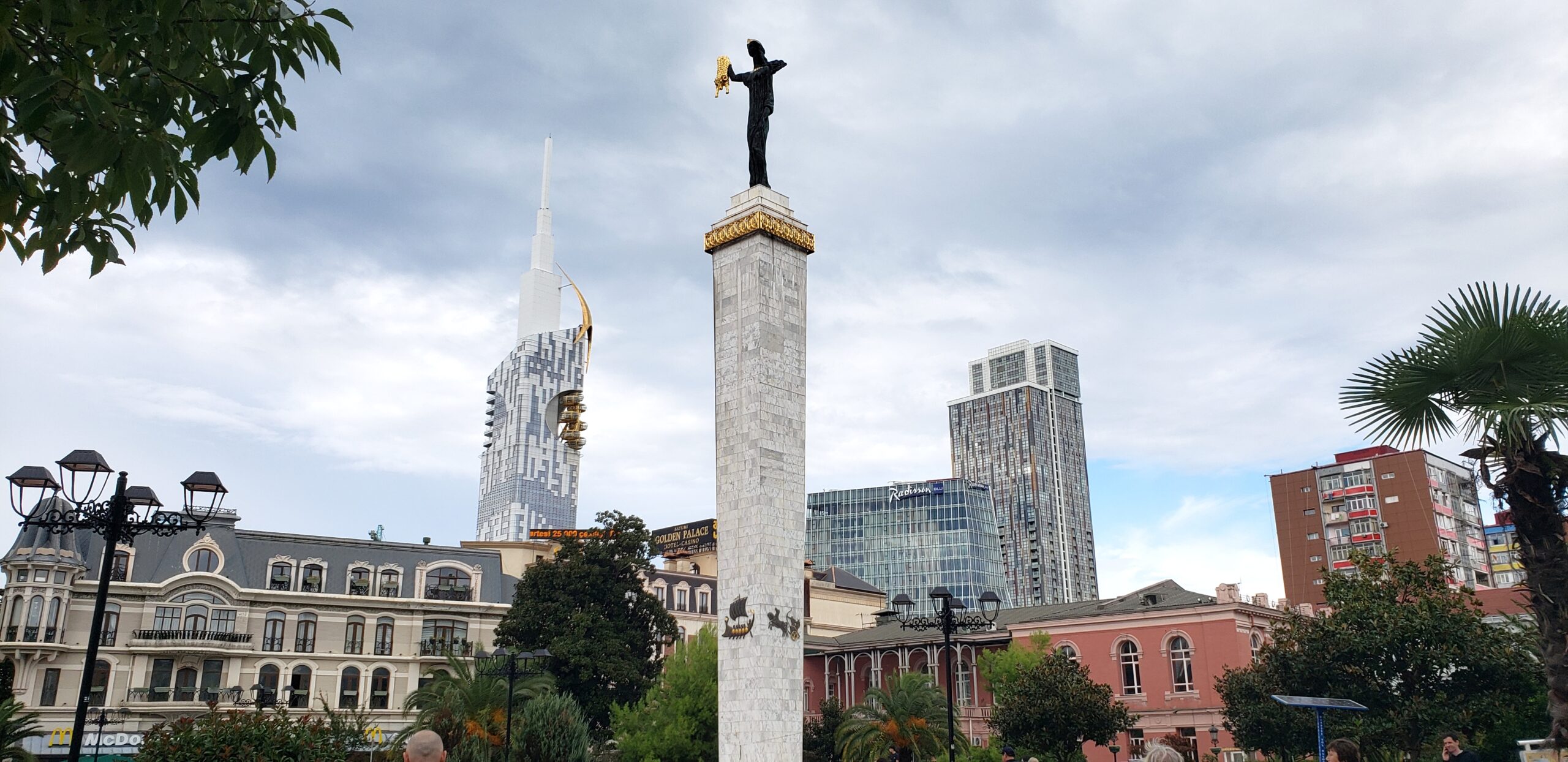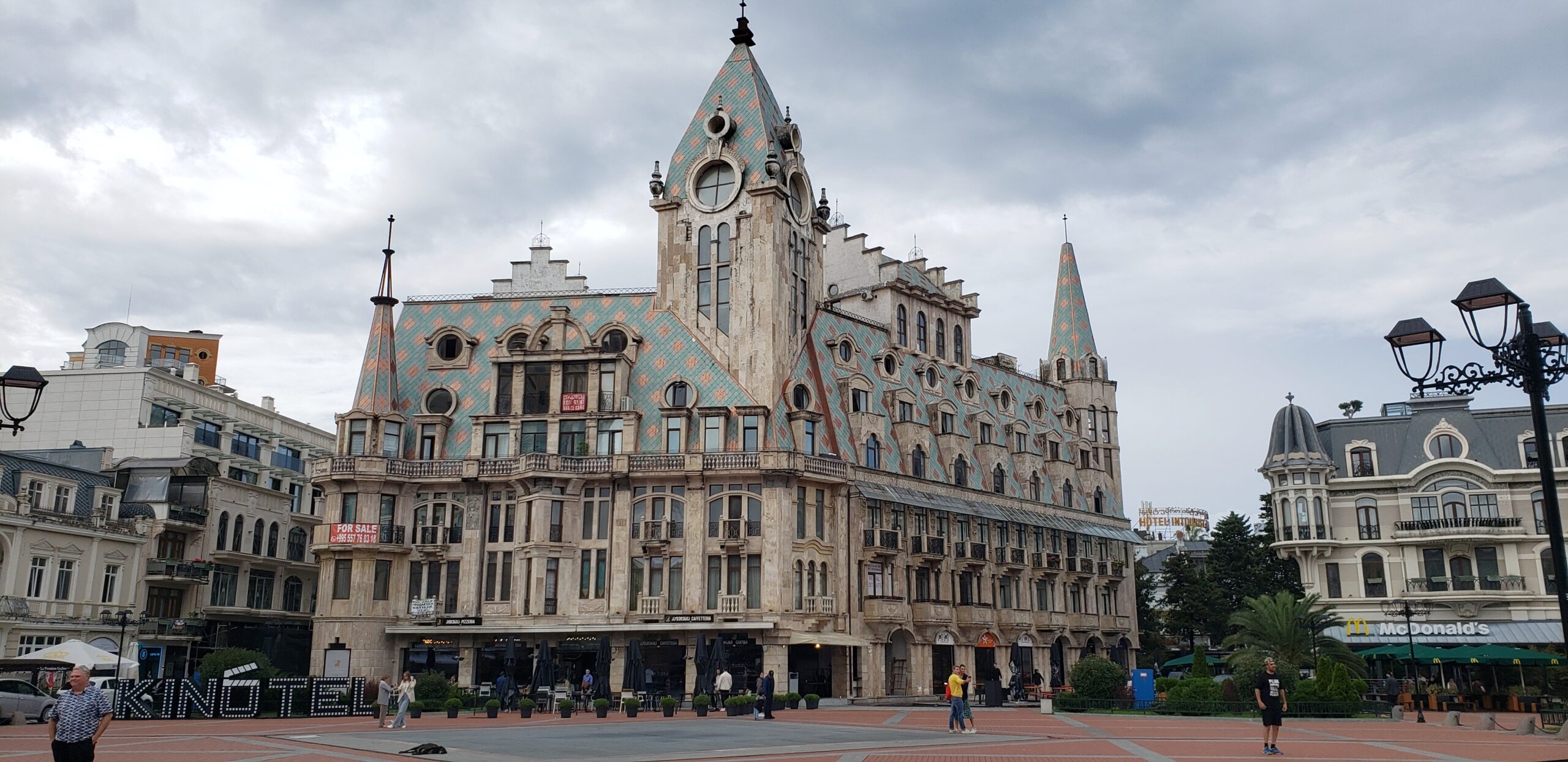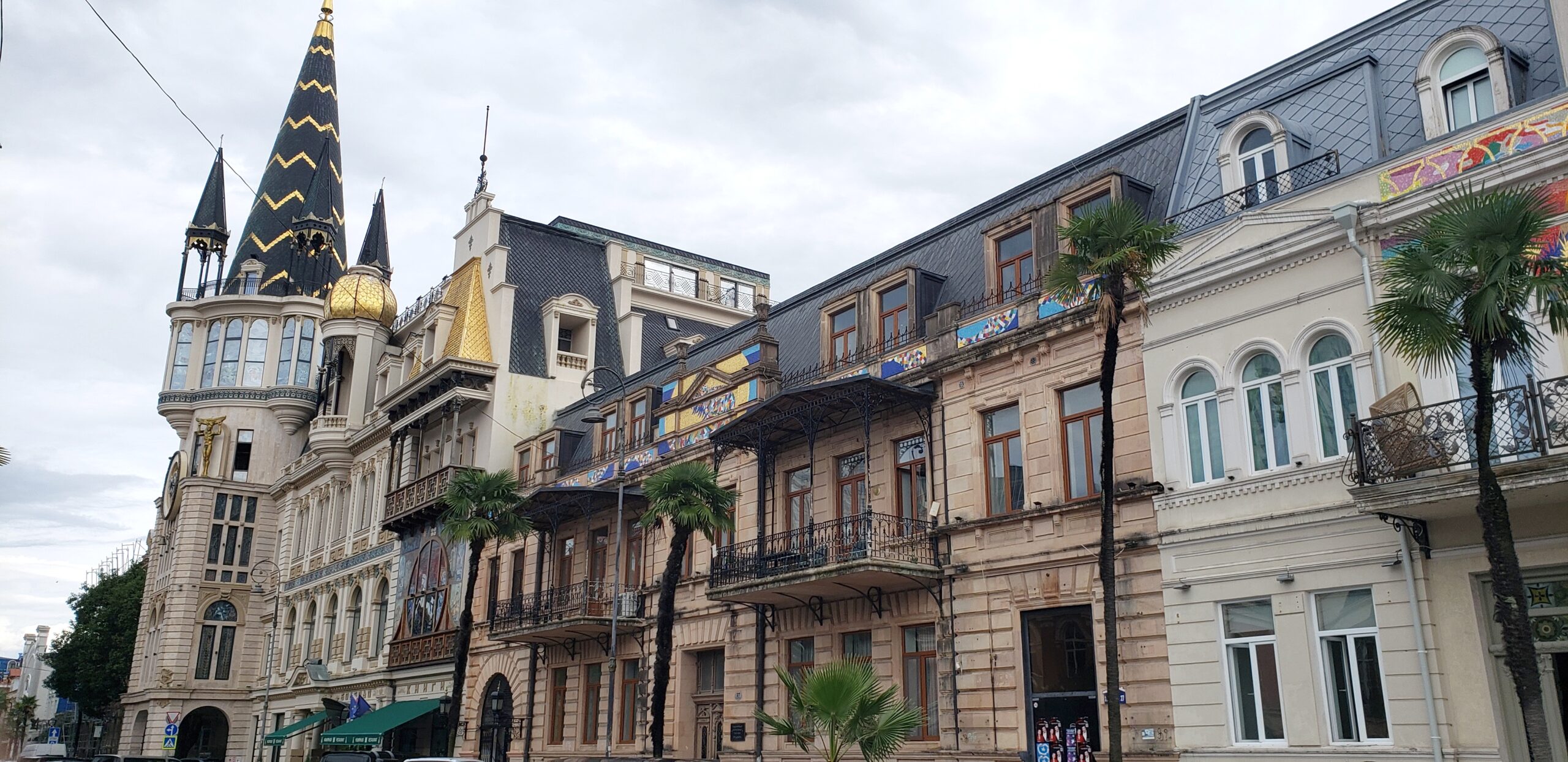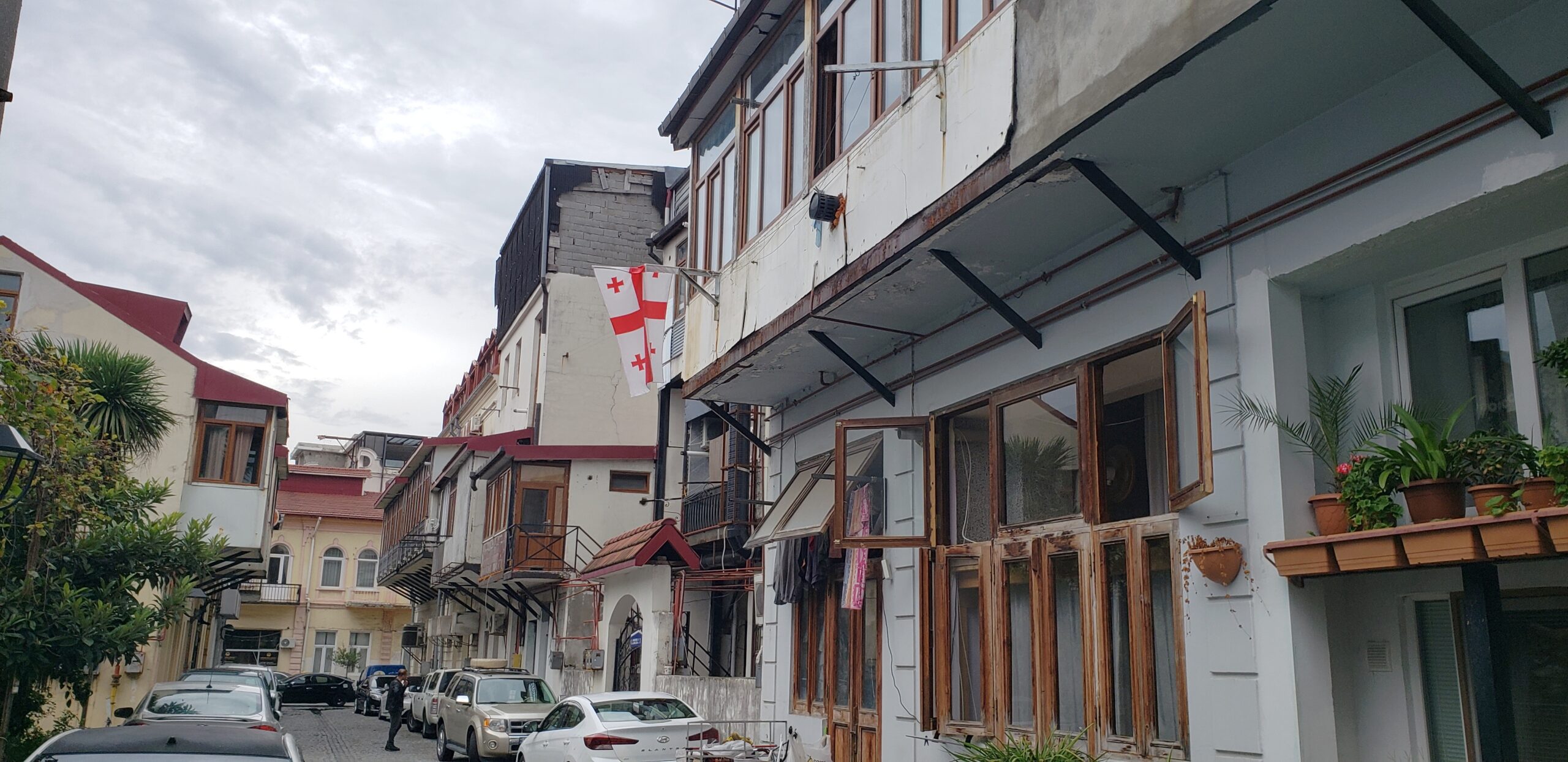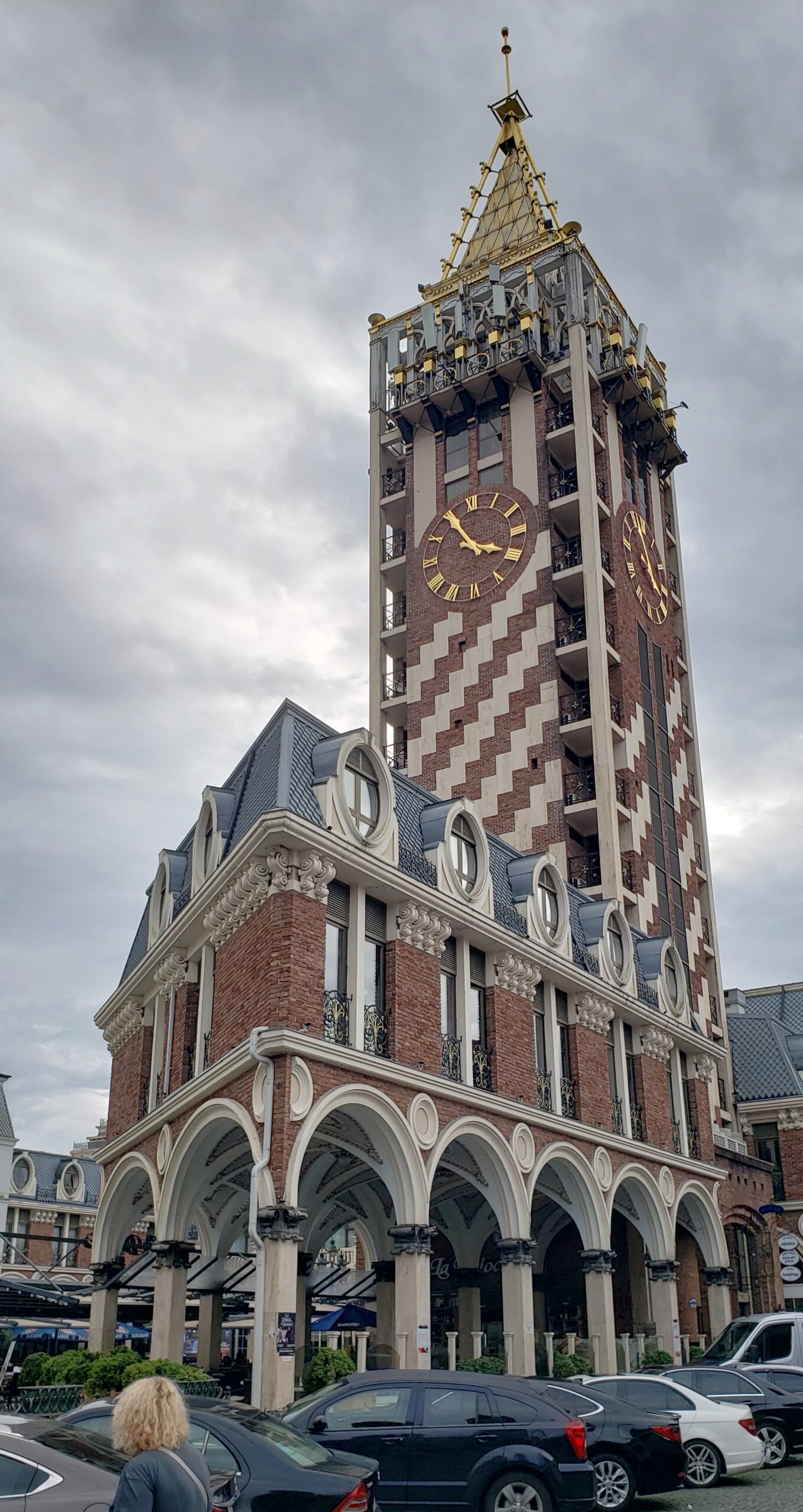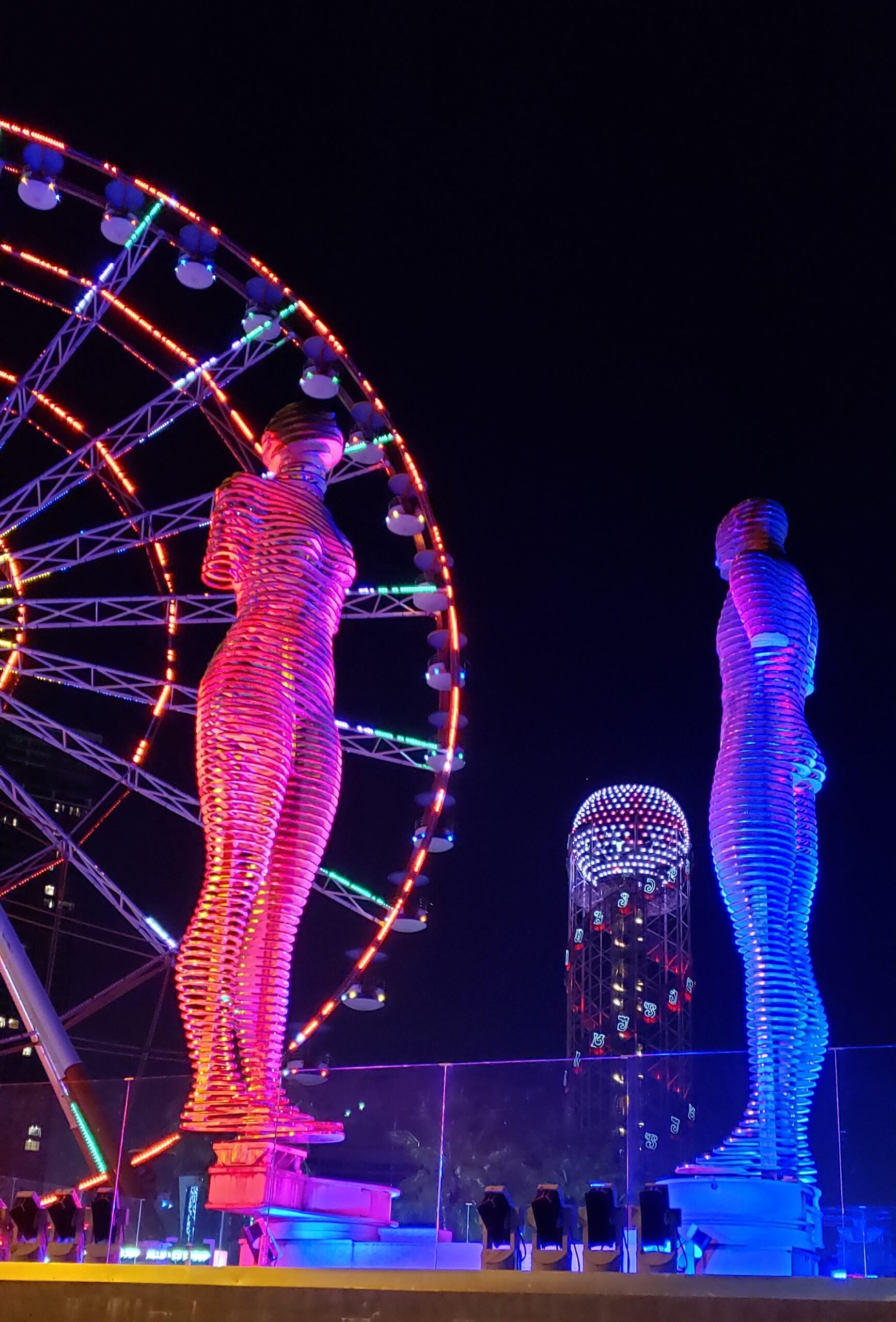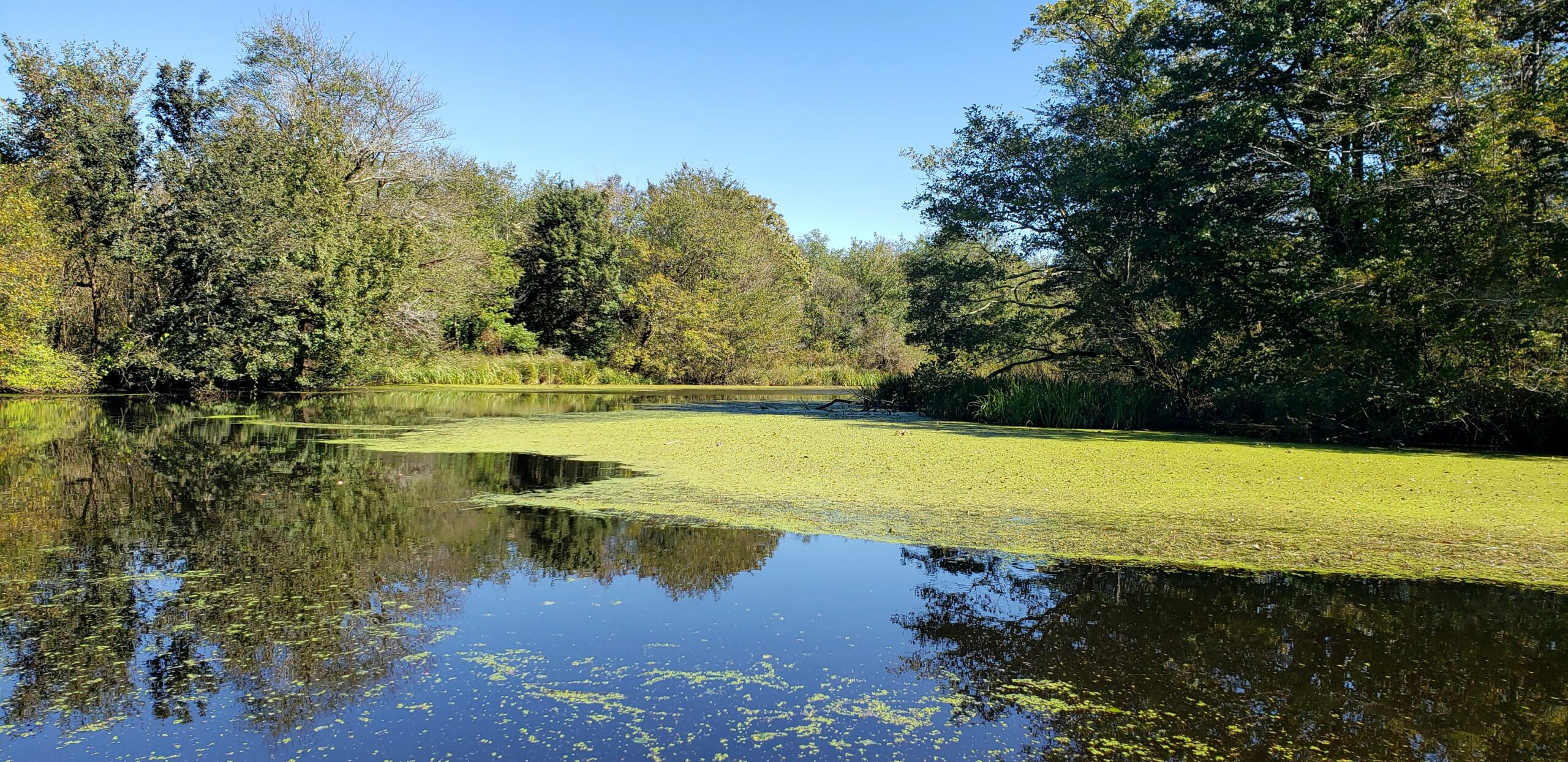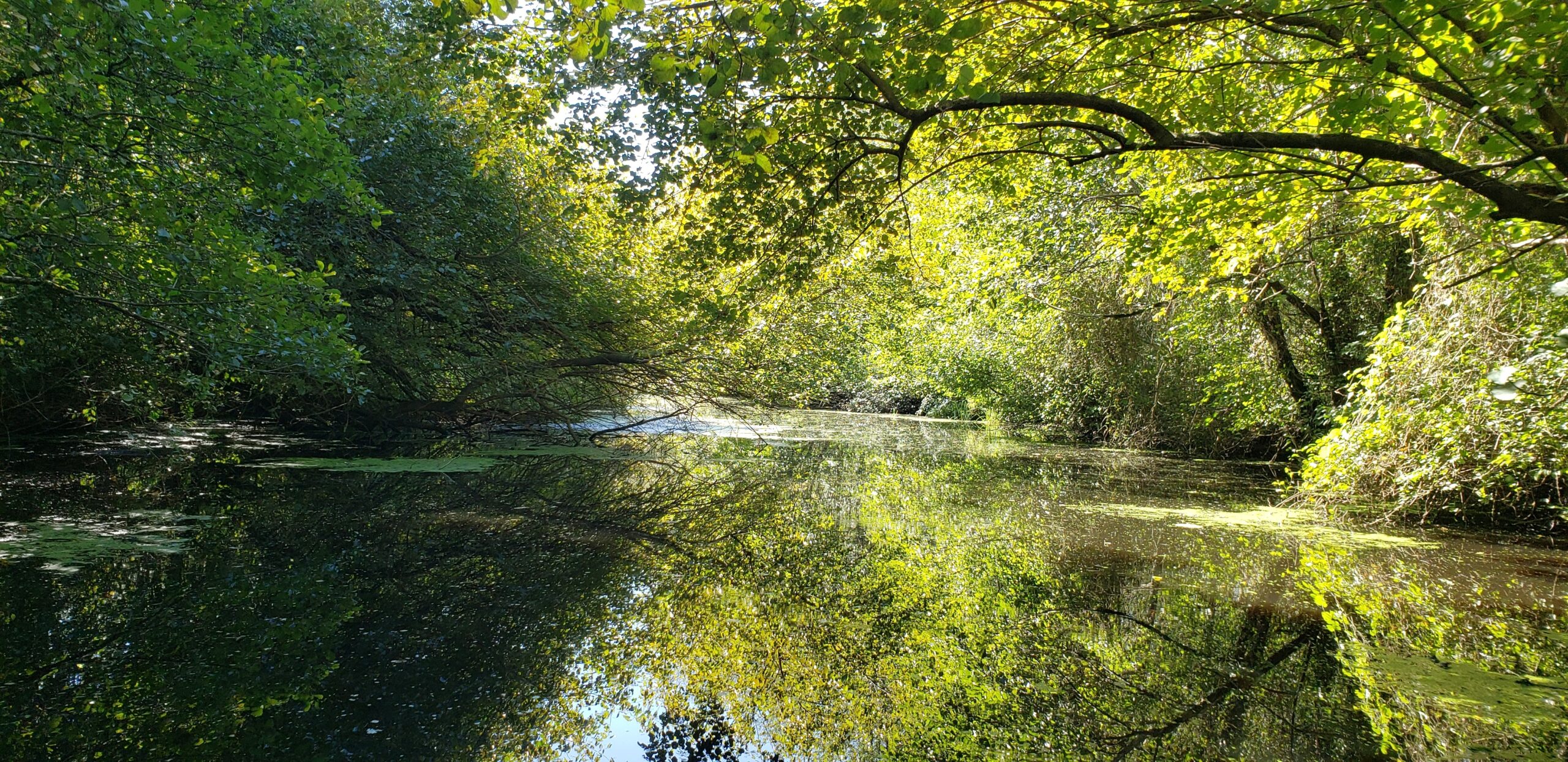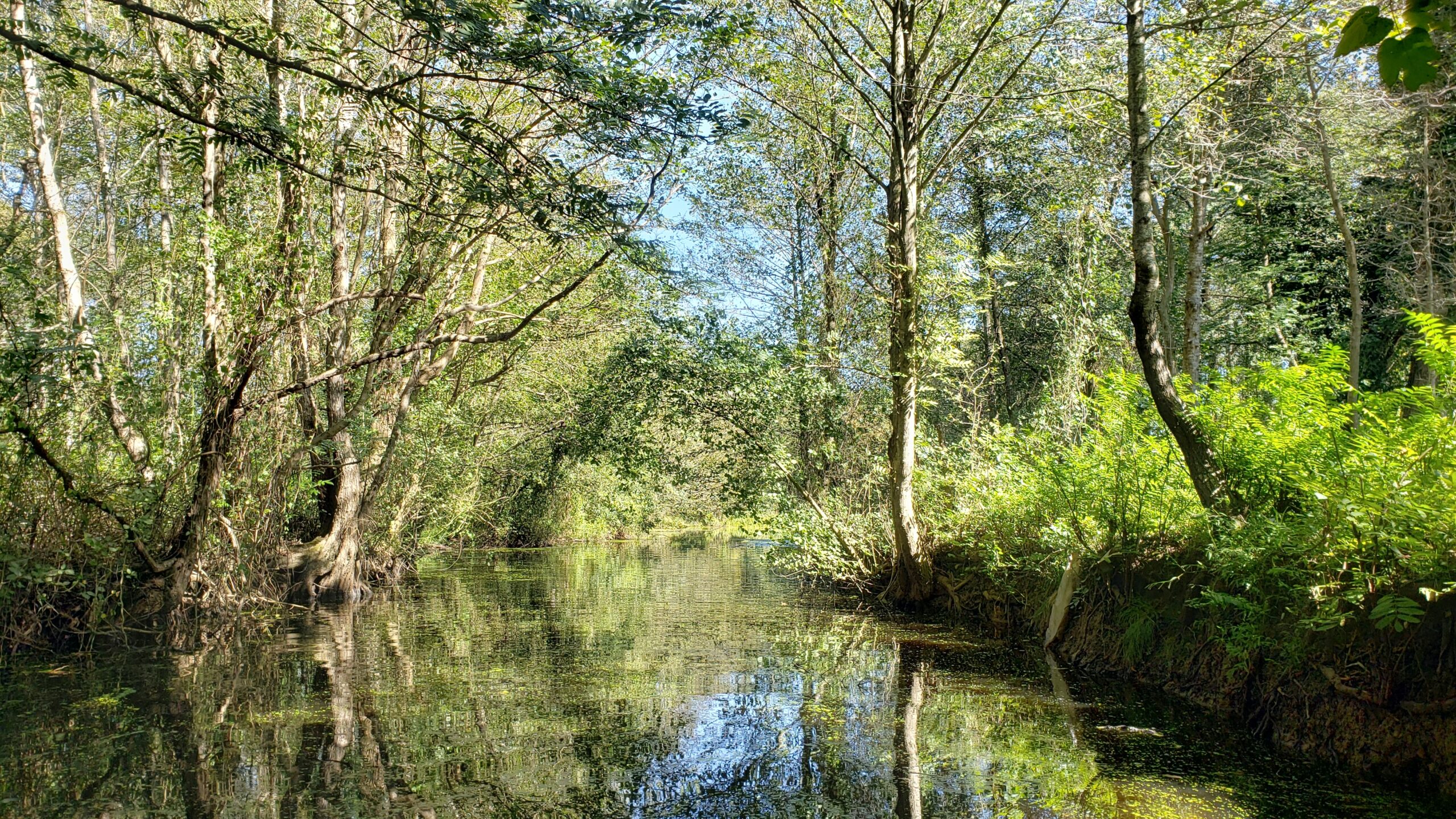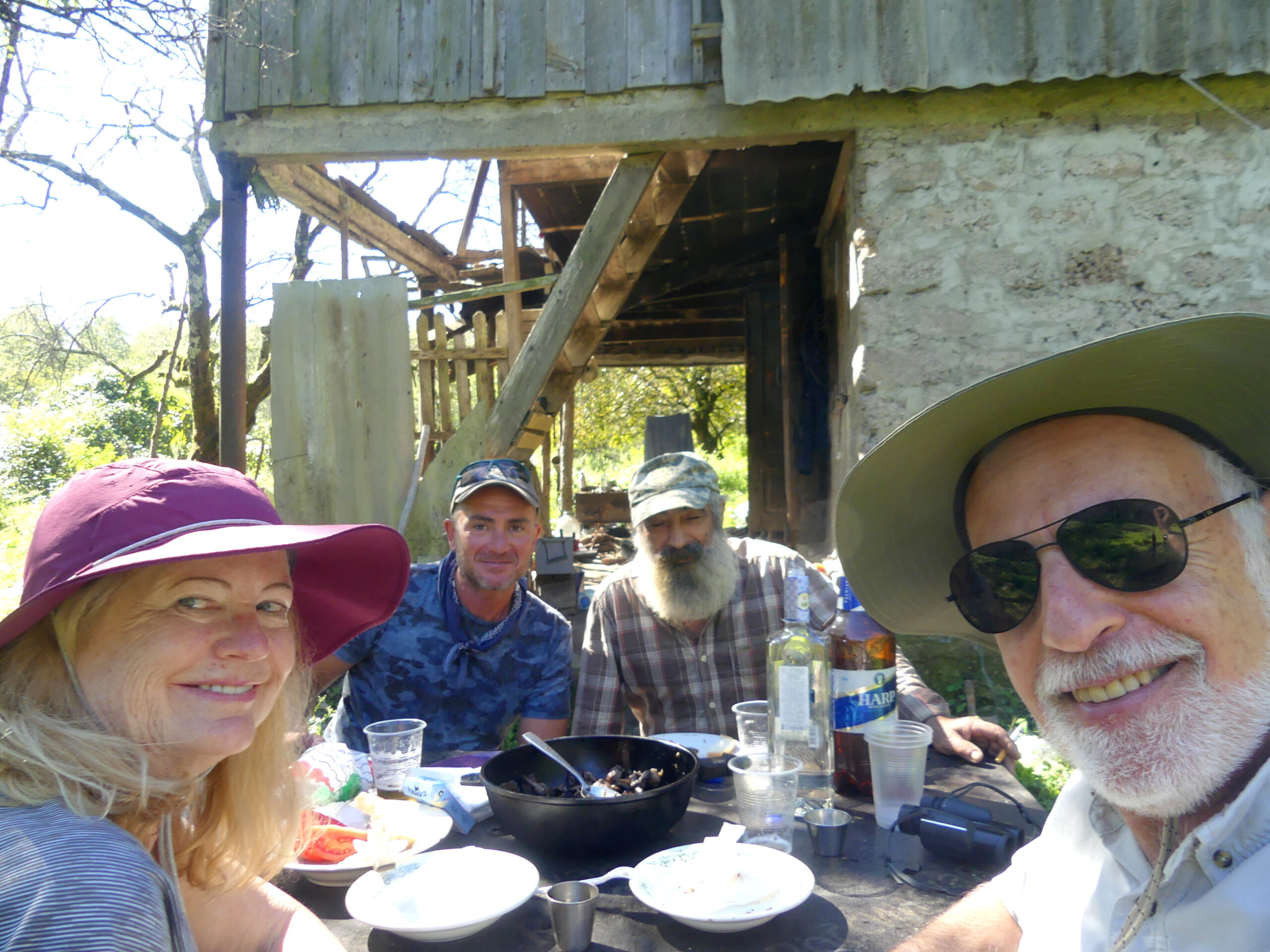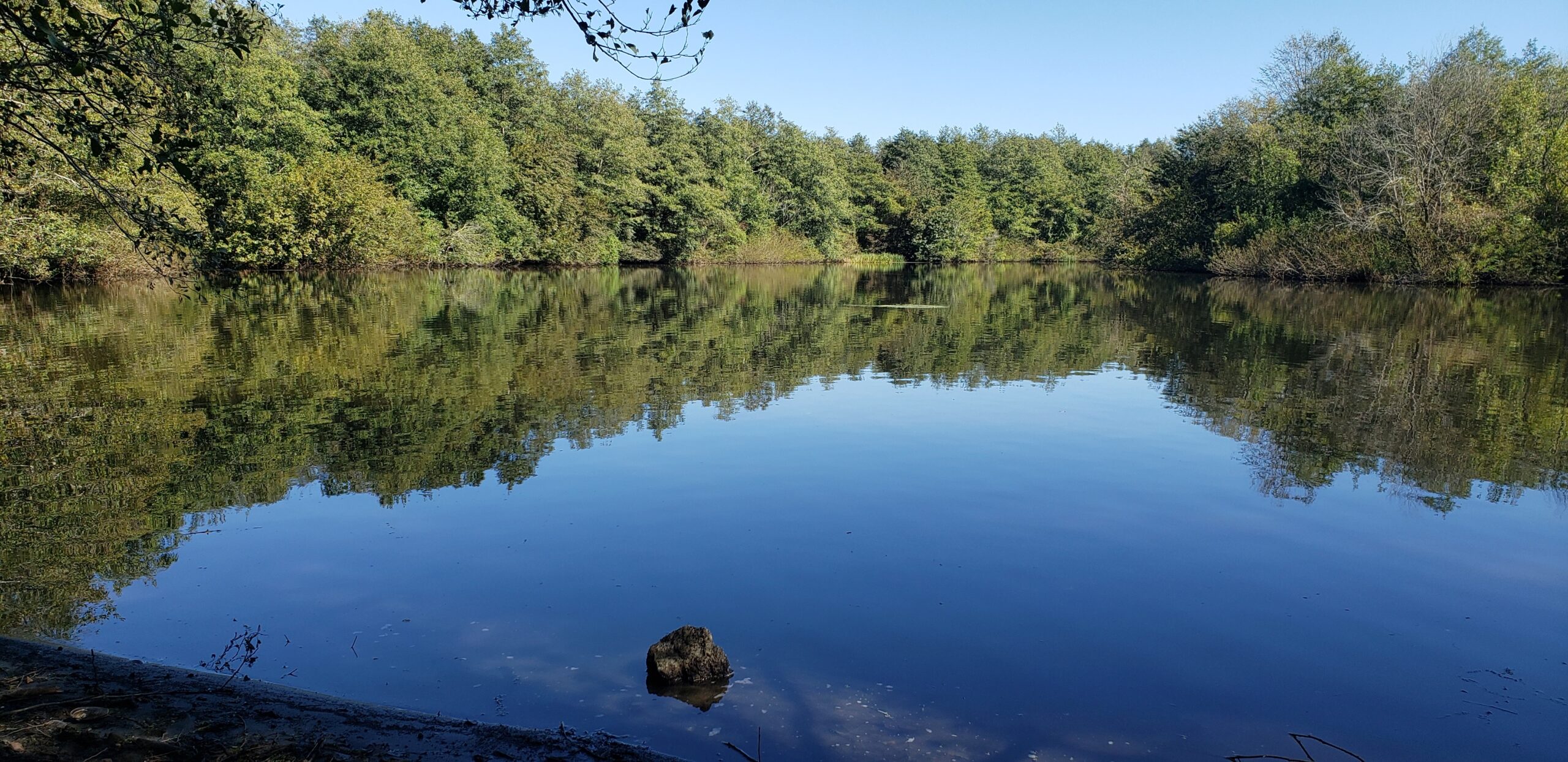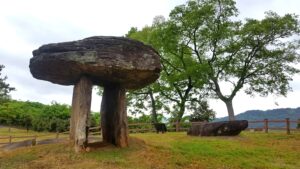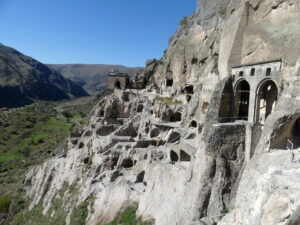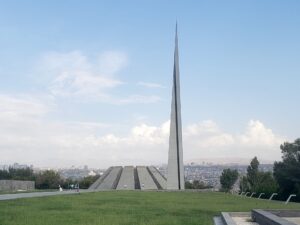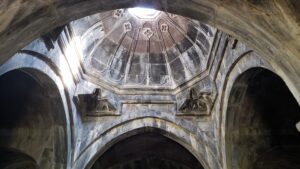In brief: On the Black Sea coast of Georgia, we found the burgeoning city of Batumi still with its charming roots, and backcountry wetlands with memorable Georgian hospitality.
We were delighted with our stay at the Black Sea in Georgia. To the south we found pleasant Batumi, Georgia’s burgeoning second city. To the north, the Kolkheti wetlands area seemingly untouched for eons. There we went for bird watching, but luckily found Georgian hospitality instead
Batumi
Batumi was long ago a major port, though batted back and forth among the Ottoman Empire, the Russians and Georgians until Georgian independence in 1991. It grew prosperously from the end of the 19th century. The imprint of that era is still evident in the city’s architecture.
Batumi offers extensive beachfront for vacationers, giving rise to charming parks and boulevards. In the last few decades, investment in the city surged to handle trade across the Sea and the Caucasus, as well as accommodate more regional visitors.
Fortunately, the old town – whose old style reminded us of Nice in France – still sits comfortably alongside new commercial and hotel skyscrapers that now extend for seven kilometers near the shore.
From the road into town on a dark day, the tall buildings of Batumi fill the horizon like silver shards.
Batumi is ringed by green hills some 300 meters (1000 feet high). This is the eastern end of the shore that attracts throngs of beach-lovers in the season despite the very rocky surface. Again, that odd cylinder to the right is Alphabet Tower, a viewing station that honors Georgian letters.
This formal park parallels the beach for seven kilometers, with varied spaces to the left and right for enjoying the outdoors. A few steps to the right is the seaside boulevard that limns the Batumi shore.
A cable car climbs for 15 minutes to the top of the highest hill near the central city so one can enjoy the look of the town from above. You can survey different aspects of the city as you rise up: the red roof houses of the inner city in the foreground to the tree-lined streets of the 19th century town in the middle-ground and the newer high-rises splashed about in the background. At the top of the frame under the cable wire, just left of center, is the Sheraton Hotel which imitates the ancient lighthouse of Alexandria.
On this old town street, the renovated turn of the century building on the right is complemented by an eclectic post-modern pastiche on the left.
Tributes to past and present in Europe Square, a lively large plaza in the old town. In the middle, rises a gold-accented pillar commemorating the mythic figure of Medea. She is reaching out with the golden fleece which she helped her Greek paramour Jason (of the Argo) to steal from her people, the coastal Colchians. It seems things turned out well enough anyway as Medea is revered in Georgia, emblematic of prosperity through linkage with Europe. The low-lying 19th – 20th century buildings in the square contrast with new high-rise hotels/casinos nearby, including the spike of Batumi Tower (Le Meridien hotel), with its inset ferris wheel.
Europe Square is surrounded by late 19th century buildings such as these – with many open-air cafes as well as KFC and McDonald’s. That French chateau, we thought, should be a city hall.
More 19th– 20th century buildings line a street opposite Europe Square, with the distinctive tower on whose face you can find an elaborate, fully functional astronomical clock added in 2010. It imitates the famous one in central Prague.
Harking back to the mid-19th century, part of Batumi’s old town is very Ottoman in flavor, as those jutting porches on the upper floors demonstrate. Many Turkish people live and work in town, for the border with Turkey is just 20 kilometers away or a short hop across the Black Sea. This extensive section is packed with Turkish restaurants and cafes where the – mostly – Turkish men gather for coffee and card playing. And, anomalously, numerous Thai massage parlors.
This campanile heralds Batumi’s Piazza Square, a modern imitation of St Mark’s in Venice or other Renaissance Italian piazzas.
Three iconic features of the northern end of Batumi’s boardwalk and seashore. To the left, the massive 80 meter (260 feet) high ferris-wheel spins continuously with a capacity of 240 people in its open cars. The area around it is largely a boat dock for tourist rides, with some snack stands along the shore and booths for sharpshooting. Several of the boats mimic 15th century galleons whose pirate crews act out the old piracy of the Black Sea coast, complete with firing cannons.
To the right is Alphabet Tower, the cylinder lit with the letters of the Georgian alphabet spiraling up the side.
And, in the middle foreground, a revolving statue of storied lovers in misfortune, separated by death in WW1: Nino, a Georgian princess, and Ali, an Azerbaijani Muslim. The figures continuously move about each other, at times seemingly together, but actually always apart.
Most of our days in Batumi were clear and sunny, though we arrived in cloudy weather. The advantage of that start turned out to be this brilliant sunset over the Black Sea.
Kolkheti
About an hour north of Batumi, at Kolkheti National Park, we aimed to see some of the rich biodiversity that qualified this area of wetlands, rivers and lakes, marshes and peat bogs as a World Heritage site. And we wanted to enjoy some time boating on an inland waterway of the Black Sea.
Saved from large-scale drainage by the Soviets and from more recent plans for an oil terminal and oil exploration, the 30,000 hectare Kolkheti National Park had been recognized for its importance by UNESCO in the late 1990s, along with similar sites on the Black Sea coast. It’s one of only 2500 wetlands around the world protected by the international Ramsar Convention.
We certainly relished the area’s beauty as we snaked through the green fringed channels of the main river, the Pichori. Here is one section of the main channel of the Pichori.
Fish were jumping and the reeds were high, while a duck or two skittered away from us.
Georgian hospitality in the backcountry.
After a typical twenty minutes or so buzzing along the channel, our boat driver asked our permission to deliver some things to his friend. It’ll be very lovely, he added. Sure, we said, a bit curious. We then wriggled through a slim backchannel and pulled alongside the roots of a tree. And that’s where we met up with warm Georgian hospitality.
The back channel to the Old Man of the Wetlands. Yes, it was lovely.
Another part of the back channel to the party.
Above us stood his bearded friend, the Old Man of the Wetlands (as we called him). Our driver invited us to come up on the bit of island where the Old Man lived, and see his ramshackle wood home set over stone foundations. Several large dogs frolicked about us especially a large, very friendly but pushy lab puppy who nearly knocked us over in his enthusiasm.
Soon a table showed up, plates and glasses emerged from inside the shack. Out of his gift sack, our boat driver pulled cucumbers and tomatoes, which he quickly cut into a salad. He filled some shot glasses from a liter bottle of vodka, then some plastic cups with beer from one of the 2-liter bottles he brought.
Meanwhile, our host had gone inside to heat up the dish of fresh picked forest mushrooms that the driver had also brought. Try the mushrooms they insisted. Want some bread with that?
How could we be bad guests? Soon we were downing shots and chasers, hailed by the local salute of “gaumarjus,” while keeping the alcohol at bay with mushrooms and bread.
Meanwhile, that persistent lab puppy kept bumping at us and hovering around the table. The Old Man tried to show him who was the boss by bopping him with an empty coke bottle. With each bop, the lab raced over to a kind of nesting spot, growled and pawed at another dog, then settled down again – till the next round of nuzzling.
We started talking about local and global politics, how leaders betrayed the good instincts of people, corruption in various countries, pay-offs for votes, and more philosophical musings. The Old Man knew no English, but got some of this translated for him. He spoke more about domestic matters such as the importance of friends and family, though he lived a solitary life except for visits like this. Yet he planned to go to a family wedding back in town a few weeks later.
After 90 minutes of our impromptu party (out of the allotted 75 for the boat ride), we left our host what food and drink remained, shook hands heartily, and wished him well (Gaumarjus! Nachvamdis, good bye!) as we pulled from the shore.
Afterwards, we did stop at a few places along the shores to look for birds in a desultory way. This is one spot where we walked about to clear our heads.
But we had already experienced the heart of the wetlands with the Old Man’s and driver’s hospitality.
(To enlarge any picture above, click on it. Also, for more pictures from Georgia, CLICK HERE to view the slideshow at the end of the itinerary page.)


